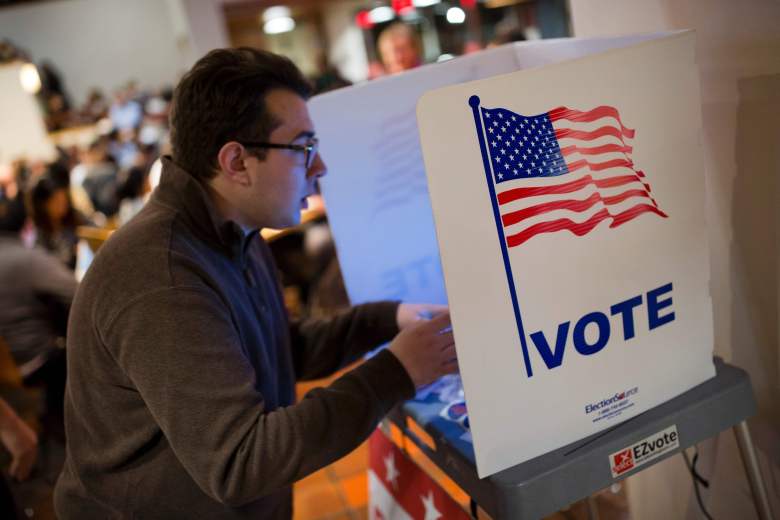

Verify and Print After marking your ballot, a review screen allows you to see all of your selections. Touch the “Next” or “Back” arrows at the bottom of the screen to turn pages in your ballot.ģ. To change your selection, touch the box again. Vote When the list of choices appears on the screen, simply touch the box containing your preference. The card will remain in the machine until you have completed voting.Ģ. There are two models of the HAAT, Model 50 and Model 100.Īctivate Your Ballot A poll worker will give you a single-use “Voter Card.” Insert the card into the yellow slot on the Sequoia voting machine to activate your ballot.
#Demo imagecast voting machine Activator
An alternative to the Card Activator is the HAAT (Hybrid Activator, Accumulator, and Transmitter). Before an election, each Card Activator must be prepared with the ballot definitions and other information appropriate for the precinct in which it will be used. After each use of a smart card, the Card Activator prepares the card for use by another voter. First, the Card Activator processes the smart cards (also known as “vote activation cards”) that voters use to access the Edge. Alternatively, or additionally, election officials may access the event log stored as part of the Audit Trail on the Results Cartridge. Event logging for the Edge is always turned on it cannot be disabled.Īt the close of an election, a pollworker may print the audit log on a VVPAT. If the Results Cartridge is lost, damaged, or destroyed, it can be recovered from this internal memory.

The Edge also stores a copy of the Audit Trail in the internal Audit Trail memory. The Results Cartridge also stores the Audit Trail, which consists of ballot images, ballot summaries, and the event log. Prior to an election, the Results Cartridge is inserted into the Edge’s Results Port and covered by a plastic door, which is sealed with a tamper-evident seal. The ballot definition and audio files to assist visually impaired voters are programmed on a WinEDS election management system server and stored on the Results Cartridge. One of these EEPROMs is the “configuration ROM,” which holds information to identify the machine and the customer and also contains a “cryptographic seed value.” The other EEPROMs hold a public counter (a counter that is reset at the beginning of each election) and a protective counter (a counter that is incremented each time a vote is cast and is never reset).
#Demo imagecast voting machine serial
The Edge also contains three serial EEPROMs (electronically programmable read-only memory), which store permanent configuration information about the Edge unit as well as ballot counters. Similarly, the firmware that the Edge uses to control the hardware and to allow voting are proprietary applications. Sequoia uses a proprietary operating system for the Edge. The backside of the Edge has a small LCD screen (two rows of 20 characters) that displays diagnostic and error messages. Also on the back of each Edge unit is a yellow “Activate” button, which can be used to switch the Edge into different operating modes. The cover for the poll function switch accommodates a tamper-evident seal. The back of the Edge contains the power switch and a switch that opens and closes the polls on that particular voting machine. This prevents one voter from voting multiple times. After the voter casts his or her ballot on the Edge, the smart card is deactivated and returned to a poll worker. A voter must have an activated smart card in order to begin voting.

On the front of each Edge unit is a slot for a smart card (also known as a “vote activation card”). The AVC Edge has a 15-inch LCD touchscreen that displays the ballot, allows voters to make selections and navigate the ballot, and provides an interface for testing, maintenance, and opening and closing the polls. When polls close, the votes for a particular machine are written to a PCMCIA card which is removed from the system and either physically transported to election headquarters or their contents transmitted via computer network. The votes are then recorded to internal electronic flash memory. Voters insert a smart card into the machine and then make their choices by touching an area on a computer screen, much in the same way that modern ATMs work. It is a multilingual voting system activated by a smart card and records votes on internal flash memory. The Sequoia AVC Edge is a touch screen direct recording electronic voting machine.


 0 kommentar(er)
0 kommentar(er)
